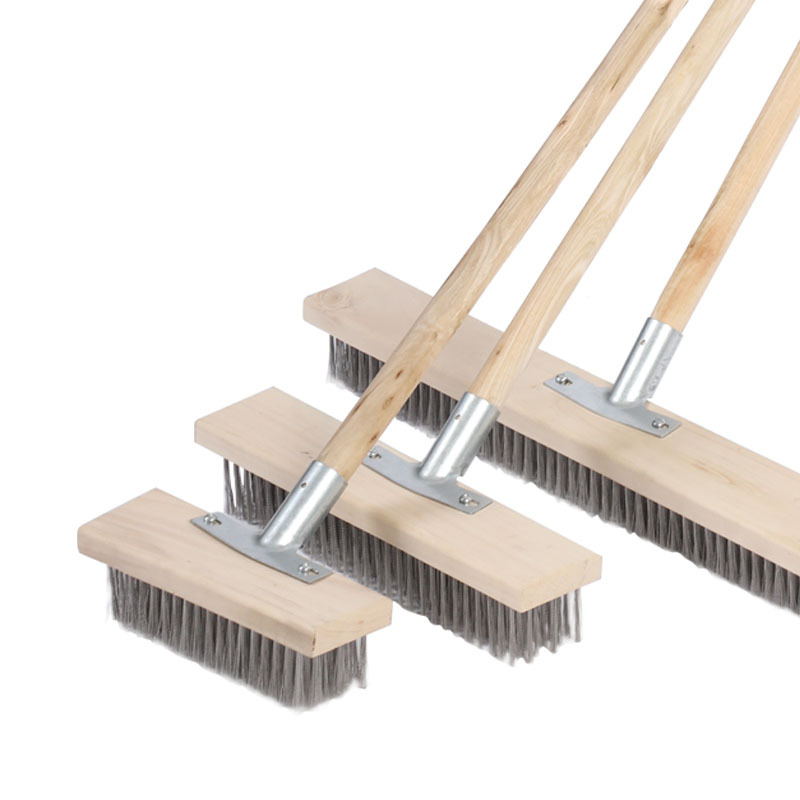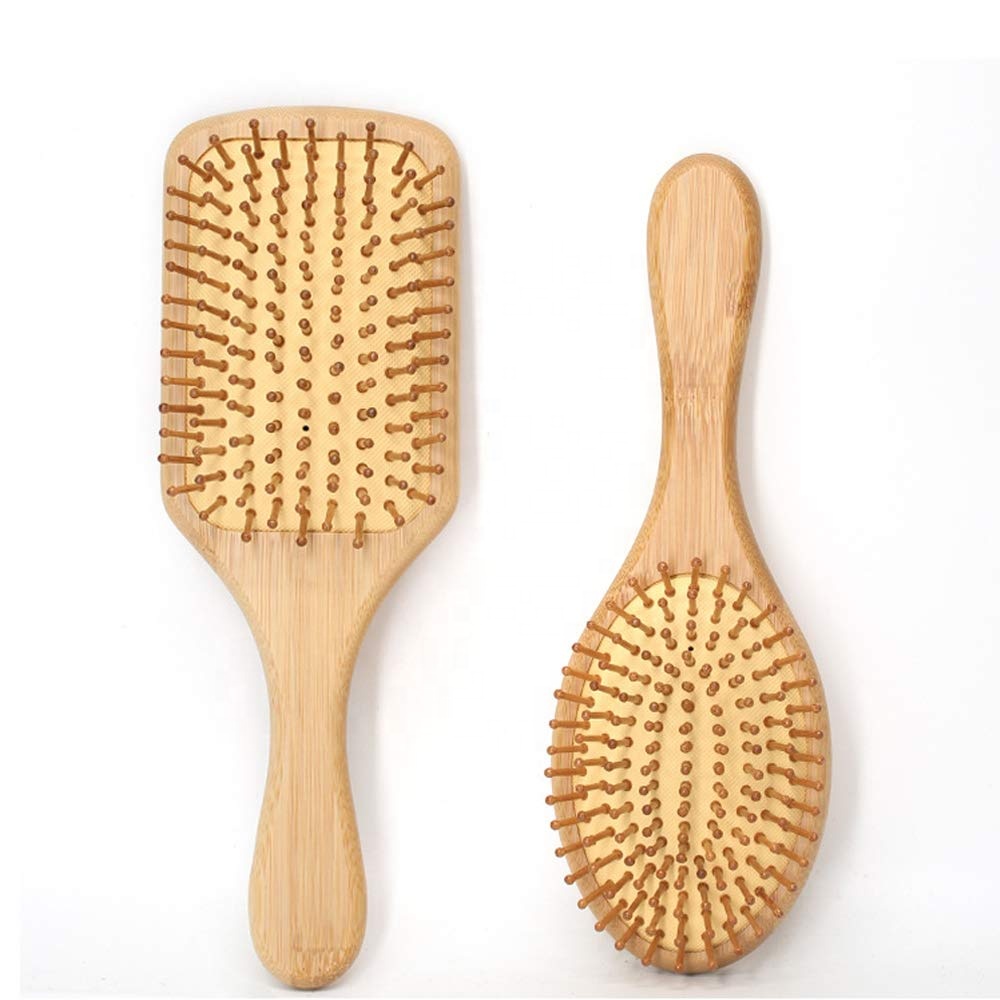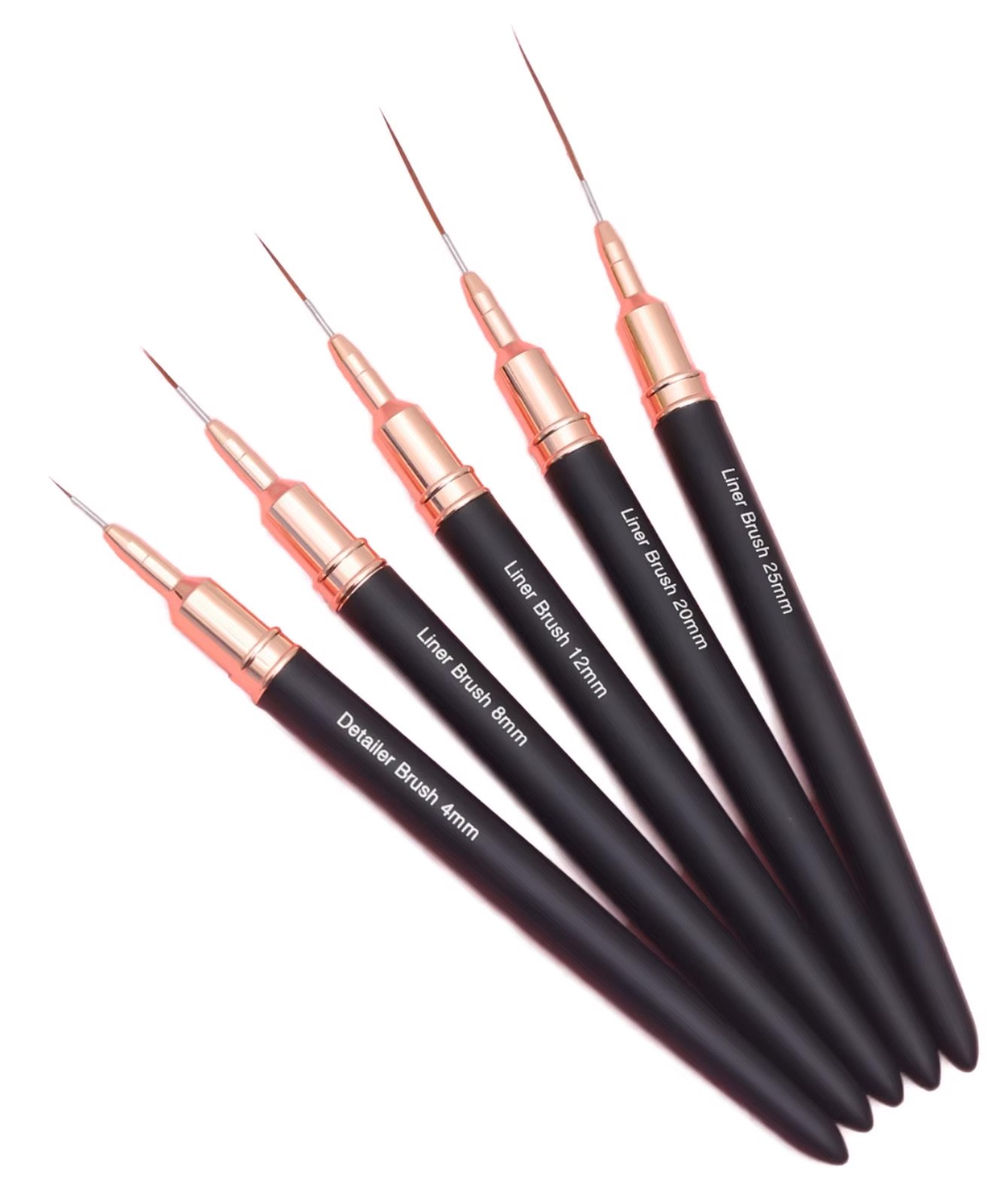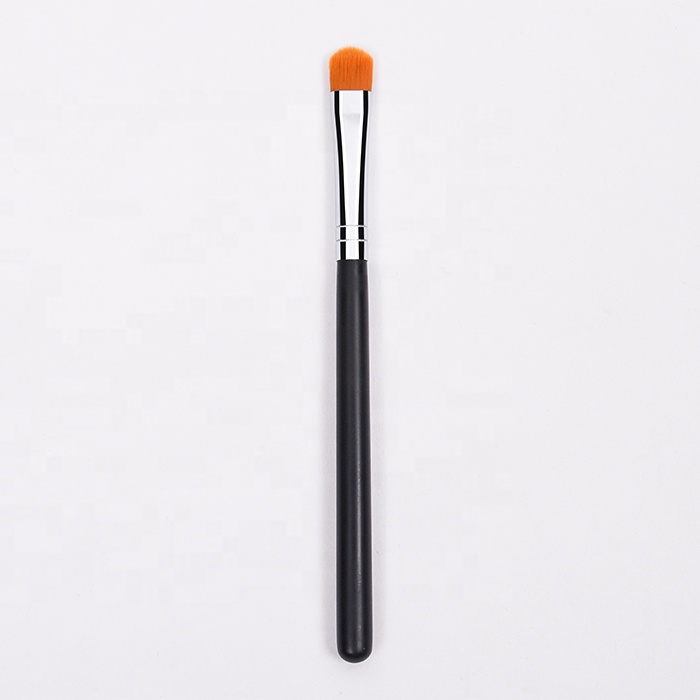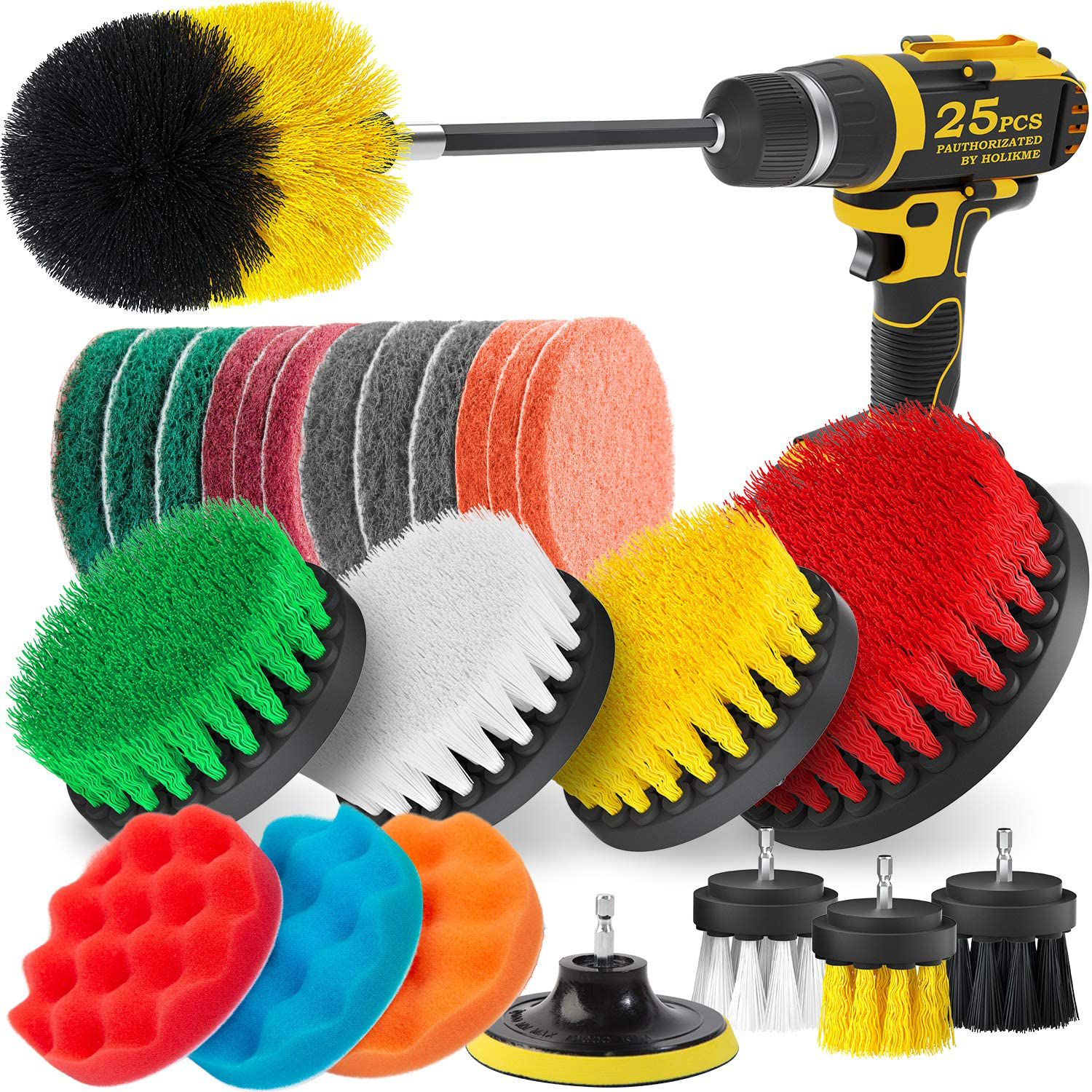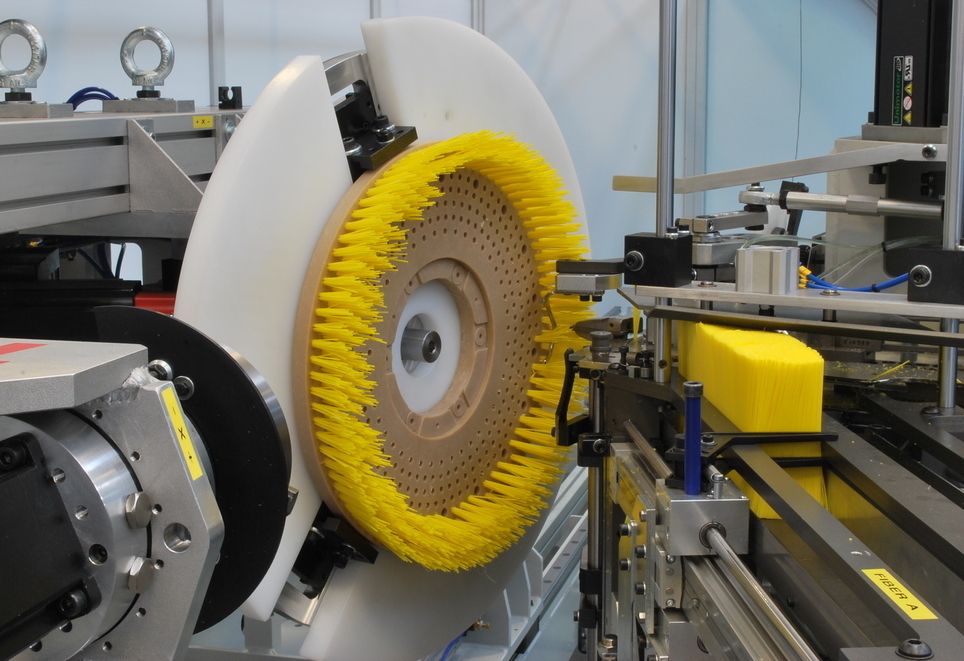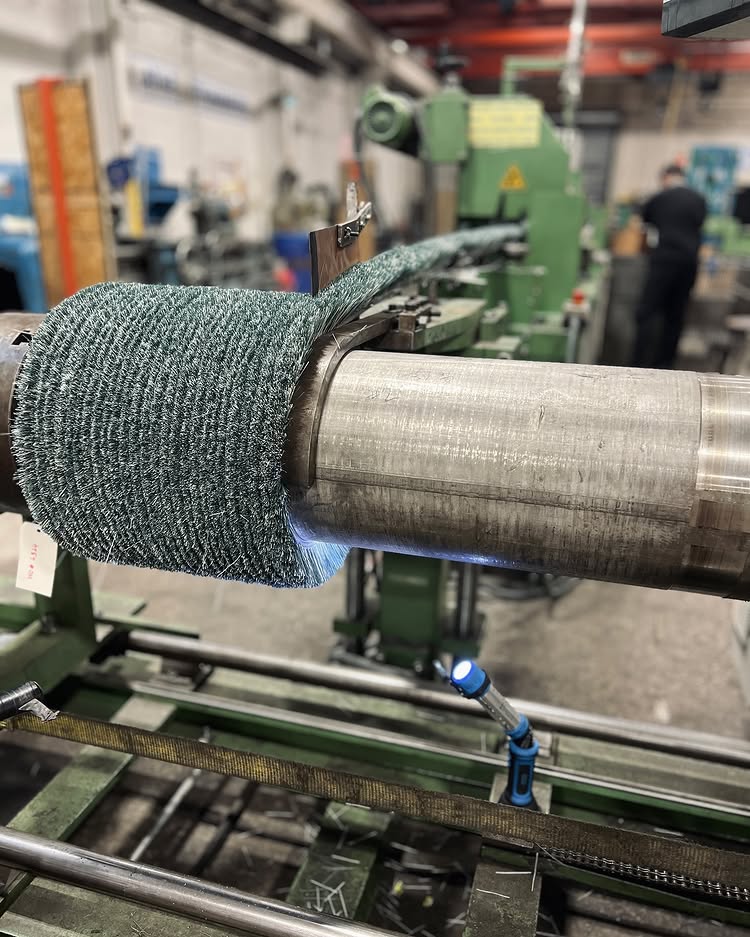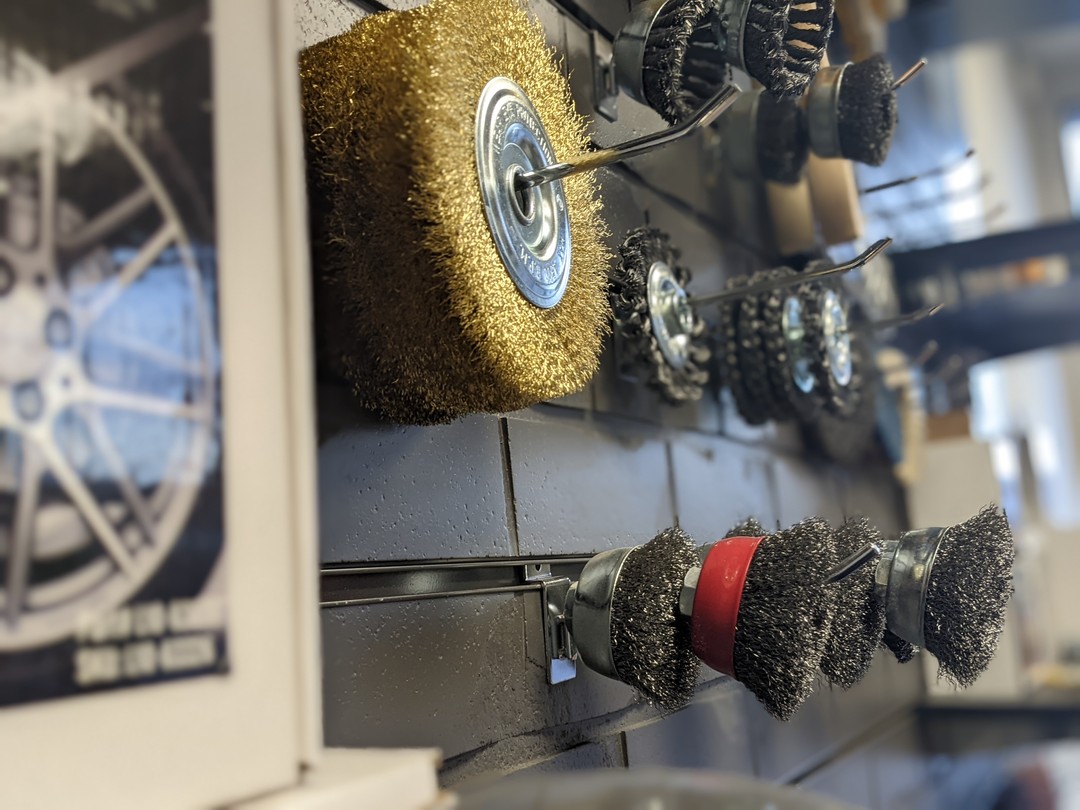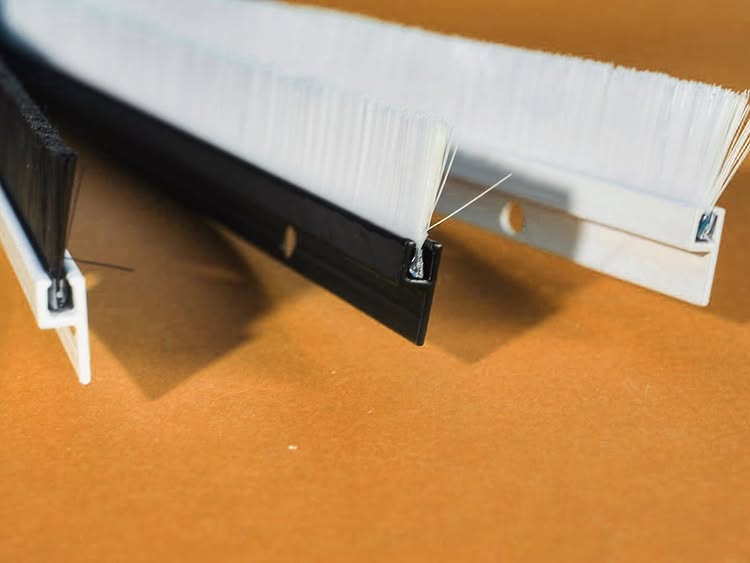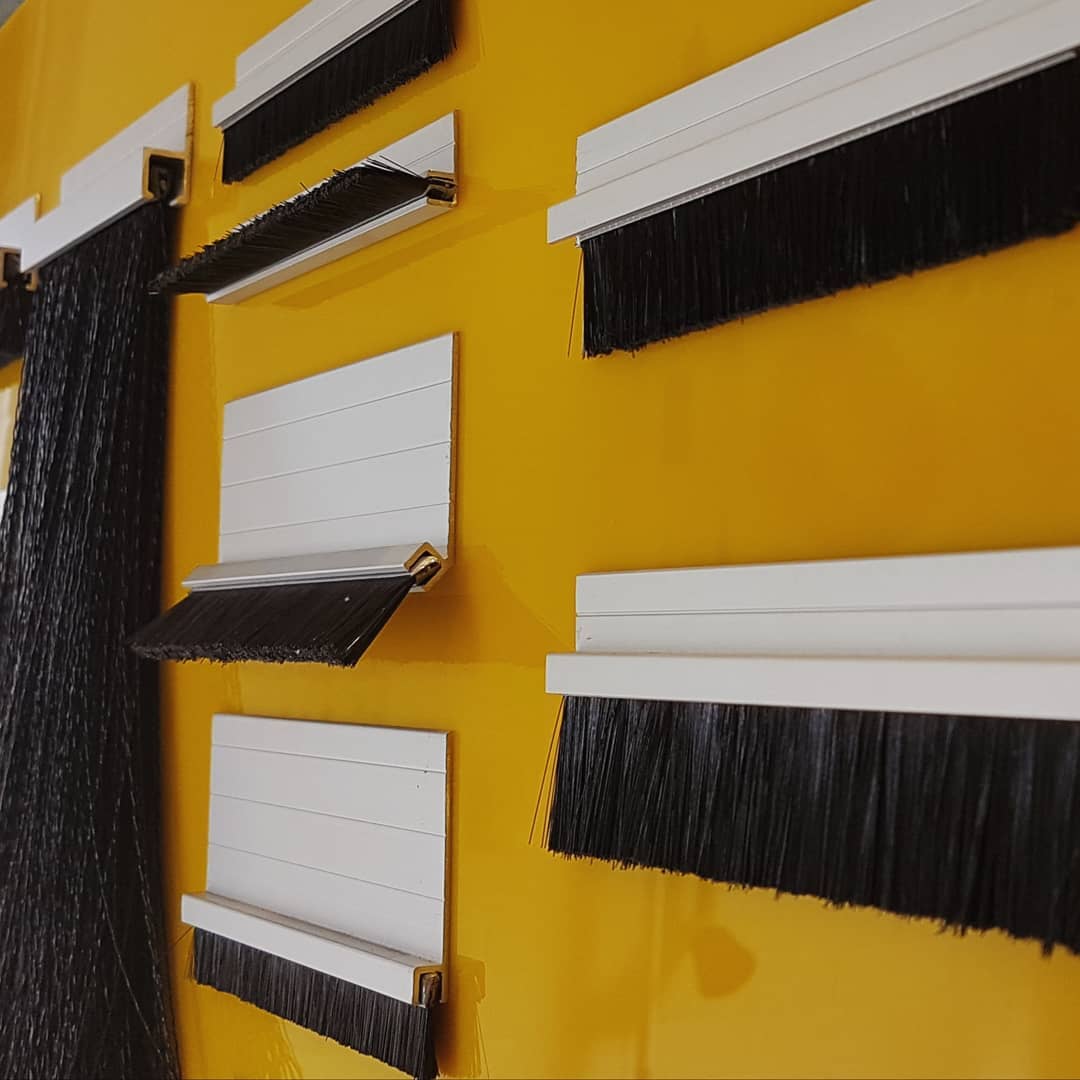Efnisyfirlit
Inngangur
Industrial brushes are indispensable tools for sectors spanning manufacturing, engineering, and facility upkeep. Engineered to tackle tasks such as cleaning, deburring, polishing, and surface preparation, these brushes directly influence operational throughput and end-product quality. Selecting top-tier industrial brushes makes a measurable difference—far beyond mere tool replacement—impacting costs, safety, and sustainability. In China, companies like GH Brush have cemented their reputation as leading manufacturers, supplying high-performance solutions across diverse industries. This guide explores why brush quality matters, dives into key advantages, and offers practical advice to ensure you choose and maintain the best brushes for your applications.
1. Why High-Caliber Industrial Brushes Matter
1.1 Extending Brush Lifespan and Reliability
In heavy-duty environments, brushes undergo continuous wear from abrasive surfaces, high rotational speeds, or constant contact with debris. Premium brushes use durable filaments—such as nylon-reinforced steel wire or engineered synthetic fibers—that resist deformation and breakage. This robust construction extends service life, meaning fewer interruptions for replacement. Over time, a brush that lasts longer translates into reduced maintenance windows, minimized production stoppages, and lower total cost of ownership.
1.2 Consistent Performance Across Multiple Tasks
Whether you’re using a cylinder brush to clear conveyor belts, a wheel brush to polish metal edges, or a strip brush to seal joints against dust, consistent brush action is crucial. High-quality brushes maintain uniform bristle density and stiffness, ensuring the same level of cleaning or finishing every cycle. In industries like automotive or aerospace, where surface finish must adhere to tight tolerances, an inconsistent brush can create defects or require additional rework. Investing in a precisely manufactured brush guarantees reliable surface results, accelerating throughput and upholding product standards.
1.3 Enhancing Workplace Safety and Regulatory Adherence
Inferior brushes may shed bristles under stress, jam machinery, or break apart, posing injury risks to operators and damaging expensive equipment. In contrast, brushes produced under strict quality controls resist premature failures. Flame-retardant cores, heat-resistant filaments, and balanced wheel designs reduce vibration and risk of sparks—critical for explosive or high-heat environments. Moreover, top manufacturers test brushes against applicable industrial norms (e.g., OSHA, ISO) to ensure safe operation. By choosing certified, high-quality brushes, companies reduce liability, protect personnel, and comply with regulatory requirements—avoiding fines and downtime.
1.4 Long-Term Cost Savings and ROI
At first glance, premium brushes may cost more per unit, but their extended lifespan and lower failure rate generate substantial savings over time. Frequent replacements of budget brushes inflate procurement expenses and increase machine downtime. Poor-quality brushes can also harm adjacent components—bearings, conveyors, and protective guards—prompting costly repairs. Conversely, a high-performance brush maintains its shape and bristle integrity, reducing scrap rates and ensuring first-pass yield. When you calculate the reduced labor hours, fewer spare parts, and higher production consistency, the initial investment in top-grade brushes pays dividends.
2. Versatility & Customization: Matching Brushes to Every Need
2.1 A Broader Spectrum of Brush Types
Modern brush technology delivers a diverse array of styles, each tailored to specific industrial challenges:
- Wheel Brushes (Cup, End, Face): Ideal for deburring, edge blending, and surface conditioning on metals and composites.
- Cylinder & Roller Brushes: Designed for continuous cleaning of conveyor belts, printing presses, or laminators.
- Strip (Channel) Brushes: Commonly used for sealing gaps, dust containment, and sweep-off applications in doorways or machine enclosures.
- Twisted-in-Wire Brushes: Perfect for precision cleaning in recessed areas, holes, and contours—especially where space is limited.
- Ring Brushes: Employed in road sweeping machinery, municipal cleaning vehicles, and large-scale debris removal setups.
Each brush variation offers unique benefits. For example, stainless steel wire wheel brushes handle high-temperature operations and resist corrosion, making them a go-to in metal fabrication shops. Meanwhile, nylon filaments equipped with embedded abrasive grits combine gentle surface polishing with light material removal, ideal for finishing work on softer materials like aluminum or plastics.
2.2 Tailored Solutions for Specialized Applications
Off-the-shelf brushes sometimes fail to meet exacting specifications—whether that’s an atypical bore diameter, a specific filament length, or a custom filament blend (e.g., nylon+silicon carbide). Reliable manufacturers offer in-house design services to customize:
- Filament Material & Hardness: Selecting from steel, brass, polyamide, polypropylene, PEEK, and more, based on required abrasion resistance, heat tolerance, and chemical compatibility.
- Brush Geometry & Density: Adjusting brush diameter, trim length, or packing density to control material-removal rates or achieve consistent cleaning pressure.
- Core Materials & Mounting Options: From aluminum or steel cores to plastic spools; thread-in, clip-on, or welded hub attachments ensure seamless integration with your machines.
- Coating & Treatment: Brushes treated with anti-static additives, solvent-resistant coatings, or UV-stabilized resins to prolong performance in challenging environments.
By partnering with a brush engineer—like those at GH Brush—clients can outline precise operational goals, test prototype brushes, and optimize design before full-scale deployment. This collaborative approach eliminates guesswork, enabling brushes to deliver peak performance from day one.
3. Supporting Sustainable & Eco-Friendly Operations
3.1 Eco-Conscious Materials and Manufacturing
Sustainability is no longer a “nice to have.” Companies face pressure to reduce waste, lower carbon footprints, and implement circular-economy practices. High-end brush manufacturers incorporate sustainable methods by:
- Sourcing recyclable core materials (e.g., aluminum, steel) that can be repurposed at end-of-life.
- Utilizing biodegradable or recycled polymer filaments in non-critical applications.
- Optimizing manufacturing processes to minimize solvent use, energy consumption, and scrap rates.
- Offering brush refurbishing or reconditioning services—allowing worn cores to be refilled with fresh filaments.
These eco-friendly options reduce landfill waste and help you meet internal CSR targets or industry-specific sustainability standards like ISO 14001.
3.2 Reducing Waste Through Extended Service Life
A brush that operates effectively for 1,000+ hours generates less waste than one that fails after a few weeks of use. By selecting resin-impregnated filaments or heat-treated steel wires, you minimize filament breakout and deformation. The longer a brush maintains its original shape and cleaning profile, the fewer replacements you’ll order—leading to less packaging waste, fewer shipments, and lower associated CO₂ emissions. In the long run, the environmental impact shrinks considerably when your production line relies on top-quality brushes.
4. Enhancing Operational Efficiency with the Right Brush
4.1 Consistency That Speeds Throughput
When production lines run at high speed, any variation in brush performance can cause bottlenecks. A low-quality brush may gradually lose bristle stiffness, reducing contact force and requiring multiple passes to clean or polish a part. High-grade brushes maintain uniform bristle tension throughout their life cycle, ensuring every pass achieves the same effect. For example, in electronics manufacturing—where removing solder flux without scratching delicate circuit boards is critical—a consistent brush prevents rework, enabling higher yields.
4.2 Precision Cleaning & Surface Preparation
In applications where surface cleanliness or texture dictates downstream processes—such as coating adhesion or welding quality—fine-tuned brushes make the difference. A precisely engineered twisted-in-wire brush can navigate recessed features in aerospace components to eliminate particulates without altering tolerances. Likewise, a high-density cylinder brush can uniformly roughen automotive parts before paint, guaranteeing flawless finish adhesion. These subtle improvements minimize defects, reduce inspection time, and accelerate final assembly.
5. New Feature 1: Best Practices for Maintenance & Care
- Regular Inspection & Filtration:
- Examine brushes weekly for bent, worn, or missing filaments. Replace brushes once more than 20% of bristles show visible fatigue.
- Keep surrounding work areas free of debris—especially iron filings or grit—that may embed into bristles and accelerate wear.
- Proper Cleaning & Storage:
- For wire brushes used in metalworking, use compressed air to clear trapped chips. Avoid solvent-soaked rags, which can leave residues.
- Store brushes in a dry, ambient-temperature space. Excessive moisture can corrode metal cores; extreme heat can deform synthetic filaments.
- Balancing & Reconditioning:
- For high-speed wheel brushes, re-balance periodically. An unbalanced wheel increases vibration, leading to premature bearing damage and uneven brushing action.
- Consider reconditioning worn brushes—especially large-diameter wheels—by restocking with fresh filaments. Many manufacturers, including GH Brush, offer re-dressing services at a fraction of new-brush cost.
- Usage Guidelines:
- Avoid exceeding recommended RPMs. Running a brush beyond its rated speed can lead to catastrophic failure, risking operator safety.
- Apply only light to moderate pressure. Excessive force crushes filaments, reducing brush life and risking damage to the workpiece.
By implementing a preventive maintenance routine—and partnering with brush suppliers for professional refurbishment—you maximize brush life, cut downtime, and keep production flowing.
6. New Feature 2: Key Factors to Consider When Selecting Industrial Brushes
- Application & Material Compatibility:
- Identify the nature of the surface—steel, aluminum, wood, or composite—and choose a filament material that offers the right balance of abrasion resistance without scratching sensitive surfaces.
- Operational Conditions:
- Determine operating temperatures. Stainless steel wires withstand higher temperatures than nylon filaments, making them suitable for heat-generating processes like weld cleaning.
- Consider chemical exposure. In environments with acids, alkalis, or solvents, select chemically resistant filaments—such as PEEK or PTFE-based brushes.
- Brush Geometry & Mounting:
- For edge deburring on metal plates, a wheel brush with a welded-on hub may offer superior rigidity. For automated cleaning on narrow conveyor belts, choose a custom-width cylinder brush with a quick-mount adapter.
- Evaluate the shaft size or arbor hole. Even a small mismatch can cause runout, vibration, and uneven brushing.
- Performance Metrics:
- Look at linear brushing speed, brush stiffness (durometer), and bristle dimension. These parameters influence cleaning intensity and contact pressure.
- Review sample performance data—such as material removal rates in grams per minute—for similar applications to gauge brush efficiency.
- Budget & Total Cost of Ownership:
- Calculate not just upfront costs but also expected service life, refurbishment options, and potential wear on adjoining equipment. Investing slightly more in the right brush can prevent over-machining, reduce scrap, and lower operator hours.
- Supplier Reputation & Support:
- Choose a manufacturer with proven expertise in brush engineering, a track record of R&D investment, and responsive technical support. Availability of on-site trials, rapid prototyping, and quick delivery can streamline your qualification process.
7. Conclusion
Securing high-quality industrial brushes is more than a routine purchase—it’s a strategic decision that affects efficiency, safety, and sustainable performance. Whether you operate a heavy fabrication line, a precision engineering workshop, or a state-of-the-art automotive paint shop, the brush you choose dictates the speed, consistency, and safety of your operations. By partnering with reputable suppliers like GH Brush, you benefit from expertly engineered products, tailored customization, and ongoing support to keep your lines running smoothly. Invest in best-in-class brushes today, and witness immediate improvements in productivity, cost savings, and environmental impact—setting your business on the path to long-term, competitive advantage.
Algengar spurningar (FAQs)
1. What types of filaments are best for high-temperature brushing applications?
For elevated temperatures—such as cleaning weld spatter or descaling hot castings—stainless steel wires and brass wires are preferred due to their heat resistance and strength. Certain specialty filaments (e.g., PEEK) also tolerate high heat, but metal-based wires remain the most cost-effective and durable choice in most metalworking scenarios.
2. How can I tell when a brush needs replacing versus when it can be reconditioned?
Inspect your brush regularly for filament wear: if more than one-fifth of the bristles are frayed, excessively bent, or broken off, it’s time for replacement. However, if the core remains intact and the bristles still maintain most of their original length (with only moderate thinning), a reconditioning service—where new filaments are repacked onto the old core—can restore performance at a lower cost than purchasing a brand-new brush.
3. Are eco-friendly industrial brushes as effective as traditional models?
Today’s eco-friendly brushes—using biodegradable or recycled filaments—match, and sometimes exceed, the performance of conventional brushes. Manufacturers optimize filament blends and core materials so that durability, cleaning power, and safety compliance remain uncompromised. When sourced from reputable suppliers committed to sustainability, eco-friendly brushes deliver equal cleaning, deburring, and finishing results while contributing to lower waste and reduced environmental impact.

